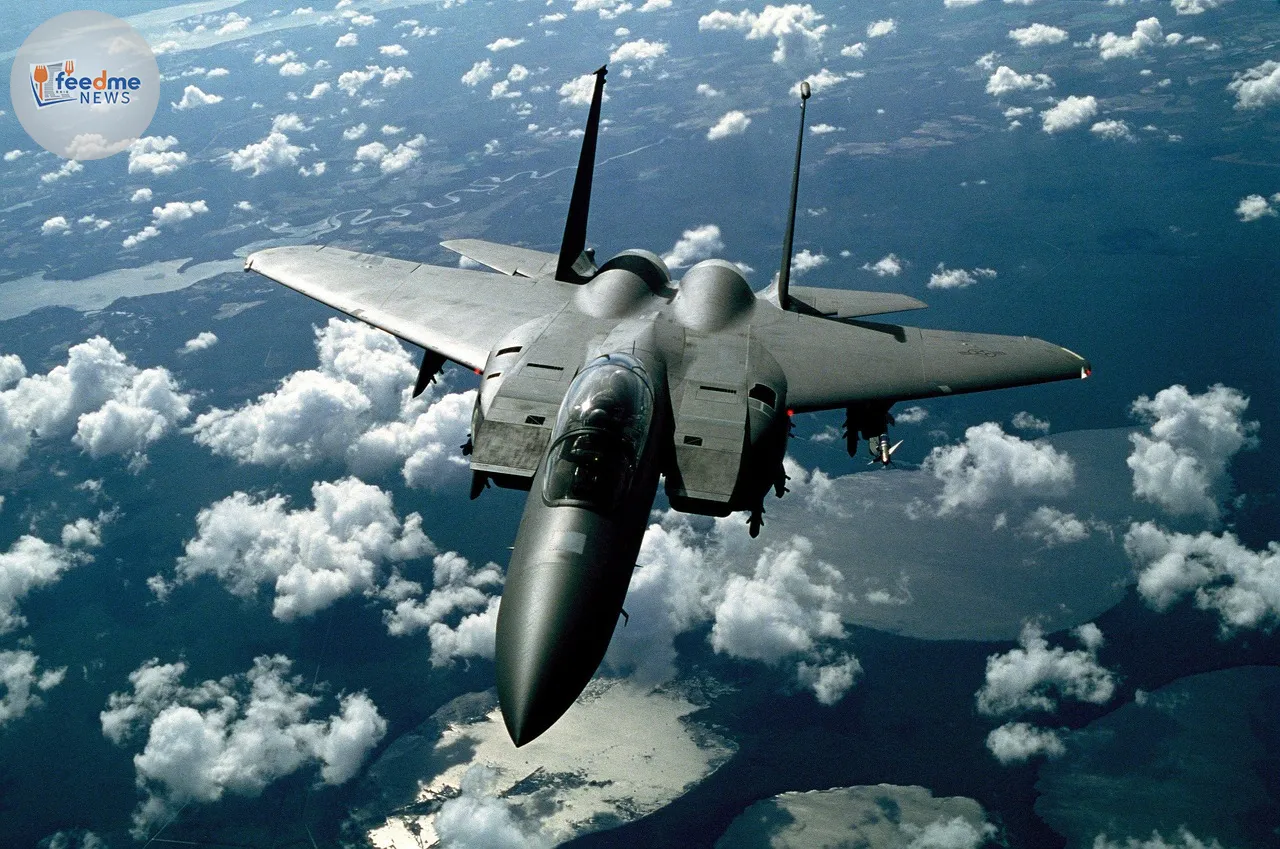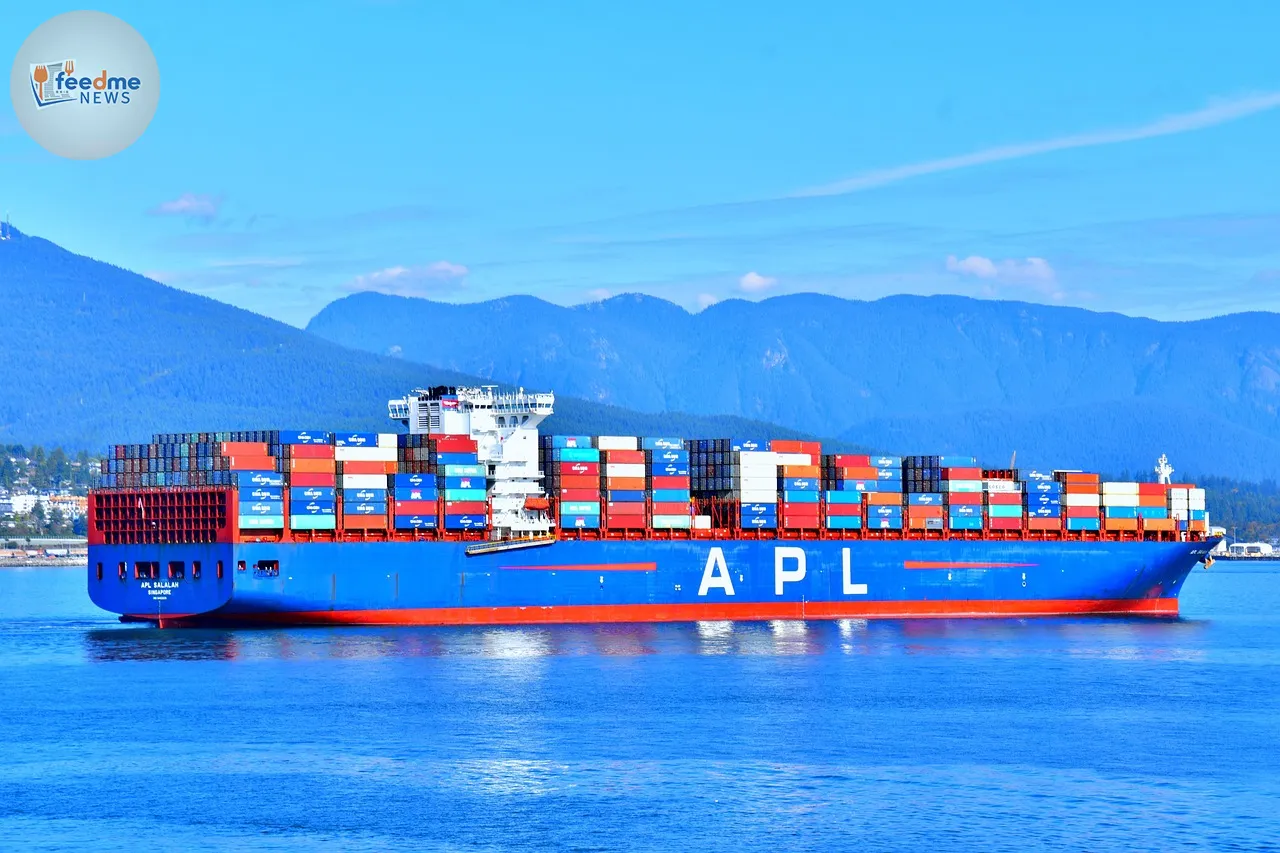US airstrikes targeted the Ras Isa oil port in Yemen, reportedly resulting in the deaths of 33 individuals and injuring 80 more, according to Houthi-run media. These strikes, if verified, would mark one of the most significant casualties in the US military’s ongoing campaign against the Houthi rebels. The operation, which began under President Donald Trump, aims to cut off revenue streams that allegedly fund Houthi activities in the region.
Timing and Location of the Strikes
The airstrikes occurred early Friday morning at the Ras Isa oil port, a strategic location for the Houthi rebels in Yemen. The port is situated on the Red Sea, making it a vital point for oil exports. The timing of the strikes aligns with increased tensions in the region as the US intensifies its efforts to disrupt the financial capabilities of the Houthi forces.

US Military’s Objective
The US Central Command stated that the airstrikes aimed to dismantle the “illegal revenue” streams that the Houthi rebels have used to fund operations for over a decade. In a statement, the US military emphasised the necessity of these actions to prevent further destabilisation in the Middle East. “Our operations are focused on neutralising threats that compromise regional safety and security,” a spokesperson for Central Command asserted.
Houthi Response and Casualty Reports
Houthi-run media outlets were quick to report the casualties, highlighting the impact on civilians and infrastructure. The reports claim that the strikes have exacerbated the humanitarian crisis in Yemen, a country already suffering from prolonged conflict and economic instability. “These actions only serve to worsen the plight of the Yemeni people,” a Houthi spokesperson said in a broadcast.
International Reactions and Concerns
The international community remains divided on the US’s military strategy in Yemen. Some countries have expressed concern over the potential for increased civilian casualties and the broader humanitarian implications. Humanitarian organisations have urged all parties to prioritise the safety of civilians and ensure access to essential resources. “The ongoing conflict has dire consequences for millions of Yemenis, and further military actions could deepen the humanitarian crisis,” warned a representative from the International Red Cross.
Historical Context and Ongoing Conflict
The conflict in Yemen began in 2014 when Houthi rebels took control of the capital, Sana’a, leading to a civil war that has drawn in regional and global powers. The US has been involved in the conflict primarily through airstrikes and logistical support to the Saudi-led coalition fighting the Houthis. The war has led to one of the world’s worst humanitarian crises, with millions displaced and in need of aid.
Possible Future Implications
The airstrikes on Ras Isa oil port could have significant implications for the future of the conflict in Yemen. Analysts suggest that disrupting the Houthi’s financial resources may weaken their operational capabilities but could also lead to retaliatory actions. The situation remains fluid, with potential for escalation if diplomatic solutions are not pursued. “Peace talks and negotiations are crucial to resolving this conflict,” noted a Middle East policy expert.
In summary, the recent US airstrikes on the Houthi-controlled Ras Isa oil port represent a pivotal moment in the ongoing conflict in Yemen. With casualties reported, the strikes underscore the complexity and severity of the situation. As the international community watches closely, the need for diplomatic resolutions becomes increasingly urgent to prevent further humanitarian suffering and regional instability.





